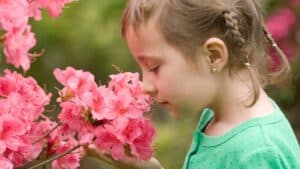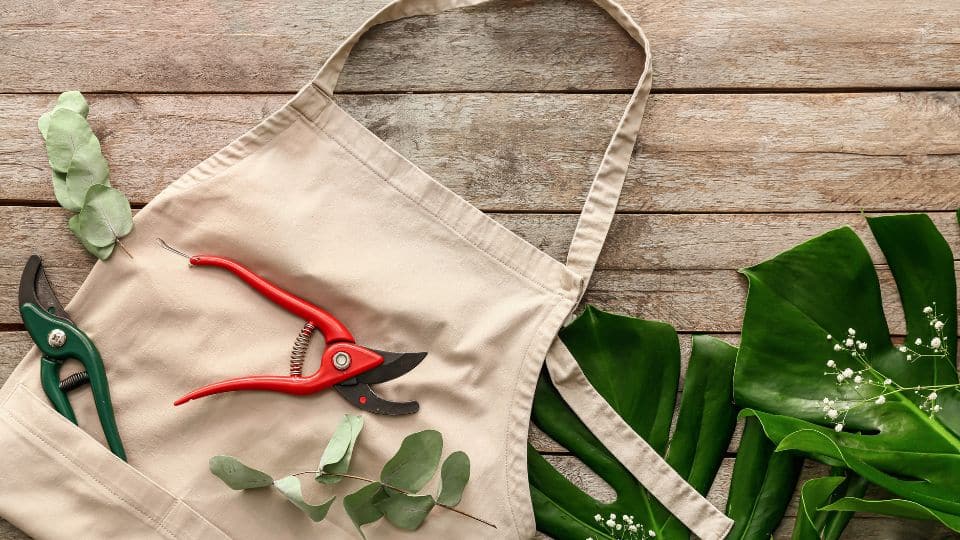
Landscaping Guide for Spring Pruning
Spring fever hits gardeners urging us to break free from winter’s dormancy and revitalize our landscapes. The urge to grab our pruners and sculpt our overgrown shrubs into perfect shapes can become overwhelming on warm days. However, before we embark on our mission, it’s crucial to understand that not all plants appreciate a springtime haircut. While some thrive with a well-timed trim, others can be significantly set back by pruning at the wrong time.
Understanding the difference between spring bloomers and non-spring bloomers is key to ensuring a vibrant and flourishing landscape throughout the year. Consider the tips in this Landscaping Guide for Spring Pruning.
Hold off pruning on:
- Spring bloomers: These beauties, like azaleas, dogwoods, redbuds, and Japanese magnolias, flower on old growth – branches that grew the previous year. Pruning them now would remove the flower buds that formed last fall, leaving you with a disappointing lack of blooms come spring. Wait until after they have finished flowering to prune for shaping and encouraging new growth. This allows the plant to focus its energy on producing vibrant flowers, enhancing the aesthetic appeal of your landscape.
- May bloomers: Plants like forsythia, pyracantha, and climbing roses set their flower buds for the following year in fall. Pruning them later than July disrupts this critical process, leading to fewer or even zero flowers next spring. Patience is key here, as delaying pruning preserves the potential for vibrant blooms that will decorate your landscape later.
Get your pruners ready for:
- Summer and fall bloomers: These plants, like crape myrtles and hydrangeas, produce flowers on new growth – branches that grow in the current season. Pruning them in late winter or early spring encourages vigorous growth, sets the stage for abundant blooms later in the year, and ultimately enhances the visual appeal of your landscape during the warmer months.
- Neglected or diseased plants: Sometimes, immediate action is necessary for a plant’s overall health, even if it means sacrificing blooms. Don’t hesitate to prune diseased branches or those that are hindering healthy growth throughout the season. Remember, a healthy plant will ultimately produce more flowers and contribute to a thriving, attractive landscape in the long run.
Remember, every plant is unique, and specific needs may vary from this Landscaping Guide for Spring Pruning. Before reaching for your pruners, always research the specific needs of your individual plants. This might involve consulting online resources, local nurseries, or the local Duval County UF/IFAS extension office. With a little research and understanding, you can avoid accidental flower bud removal and promote healthy, vibrant growth in your desired plants, ensuring a thriving and aesthetically pleasing landscape throughout the year.
From our office in Atlantic Beach and satellites throughout Northeast Florida, Rockaway Inc proudly serves both commercial and residential sustainable landscape design, maintenance, lawn care, irrigation, and outdoor living carpentry client needs in Jacksonville, St Augustine, Atlantic Beach, Neptune Beach, Jacksonville Beach, Ponte Vedra, Nocatee, St. Johns, and Fernandina Beach.
